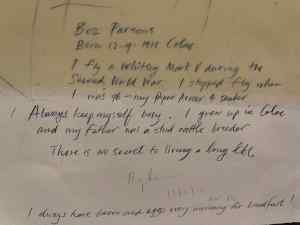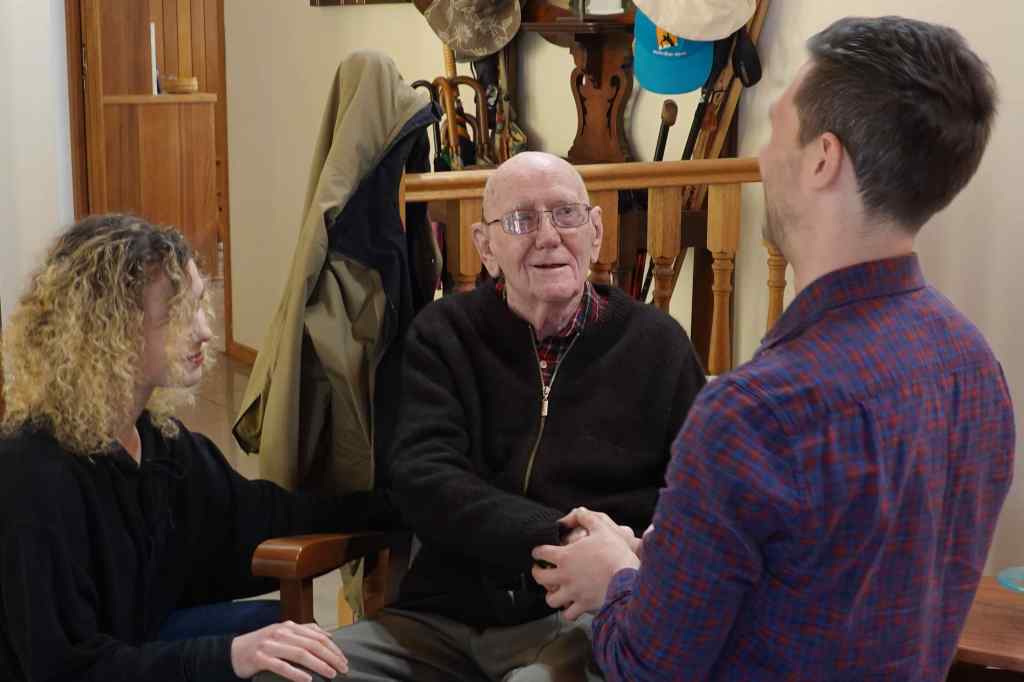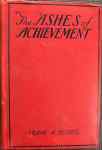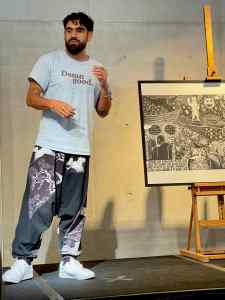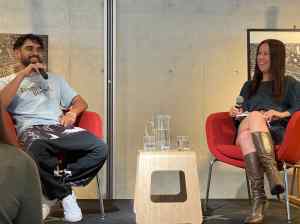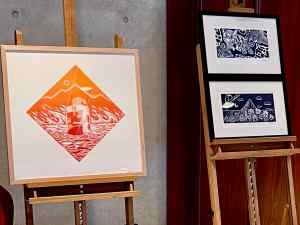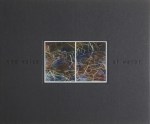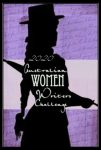Australia implemented a Public Lending Right (PLR) in 1975. It’s a Federal Government program which makes payments to eligible creators and publishers, in recognition of income they lose (in other words, don’t get!) through loans and other free uses of their books in public lending libraries. PLR schemes operate many countries around the world, including New Zealand, Canada, Israel and many in Europe. (There is a complementary ELR, which does the same for books held in educational institutions).
To be eligible for Australia’s PLR (or ELR) payment, creators:
- can be an author, editor, illustrator, translator or compiler;
- must be an Australian citizen or a permanent resident;
- must be entitled to receive royalties from their books; and
- must be living.
What this list doesn’t say is that eligible books had to be printed, which was logical in 1975. However, the scheme has not kept up with technology – not with audiobooks (which have been around for a long time now) and certainly not with eBooks.
For most authors the payments are very small. Author Annabel Smith (whose Whiskey and Charlie I’ve reviewed) explained it in detail in her excellent How Authors Earn Money blog series. However, it has long been a thorn in their side that their digital and audio works have been excluded. That has now been rectified – at last – and the joy I’ve seen around the various sites, Twitter, Instagram, and so on, has made clear just how important it is, both practically and philosophically.
The ASA (Australian Society of Authors) has been lobbying for this extension for a long time, but stepped it up in recent years, arguing that
The outbreak of COVID-19 made the case for digital lending rights even more compelling. When libraries closed, patrons increasingly borrowed in ebook and e-audio format, and will possibly continue to do so into the future. We believe the increased investment in digital resources and new borrowing patterns may have a long term effect on the way patrons interact with libraries.
Author Carrie Tiffany, whose Mateship with birds I’ve reviewed, was, apparently, a Digital Rights Lending Ambassador. The ASA quoted her on Instagram:
I am relieved and grateful that the injustice writers face around digital lending rights will finally be addressed. My thanks to the ASA, and to all of the writers who made submissions on this issue.
Writers are listeners. By putting our ear to the world we connect people and inspire compassion. At last the Australian Government has listened to us. Let’s hope this conversation will continue.
Many authors weighed in, but I’ll just share one other writer quoted by the ASA, Marcus Zusak, whose The book thief I’ve also posted on:
The announcement of Digital Lending Rights is a great win for Australia’s writers. It’s not just the financial rewards, but the affirmation that our work still matters. Australian stories still matter.
We have to be a country that loves its own stories, and this is another step in supporting the people who write them.
“Have to be”? I would like to think we “are”.
“You are required”
This DLR announcement was just one small part of the new National Cultural Policy announced today (available online). It is titled “Revive” (which conveys something about the current state of our Arts industries), and is structured around “five interconnected pillars”:
- First Nations First: Recognising and respecting the crucial place of First Nations stories at the centre of Australia’s arts and culture.
- A Place for Every Story: Reflecting the breadth of our stories and the contribution of all Australians as the creators of culture.
- Centrality of the Artist: Supporting the artist as worker and celebrating artists as creators.
- Strong Cultural Infrastructure: Providing support across the spectrum of institutions which sustain our arts, culture and heritage.
- Engaging the Audience: Making sure our stories connect with people at home and abroad.
The policy contains many initiatives across the arts sectors – literature, music, the screen and performing arts, and so on – including a recognition of minimum rates of pay for arts workers, but I’m not going to list them all here, nor critique them. After all, no policy will please everyone.
Announcing the policy today, Arts Minister Tony Burke said to the arts community, “you are required”. Yes they certainly are … I hope these are not just words, but Burke does have some cred in supporting the arts. Let’s hope this policy provides the kickstart our artists and arts companies need.
Meanwhile, those of us concerned about the “collecting and exhibiting institutions” – like the National Library of Australia, the National Film and Sound Archive, the National Gallery of Australia, and the National Museum of Australia – are pleased to see them included in the policy, under Pillar 4. The critical issue facing them – a real and serious reduction in their core funding – is not resolved here, but the policy states that:
There is an ongoing issue with respect to long-term neglect of core funding for the collecting institutions, for both capital and operations. Updated government policy on core funding and sustainability of the institutions does not form part of cultural policy but future funding for Australia’s collecting institutions is being assessed as part of the Budget process.
We wait with hope … but for now, I applaud this win for our literary creators. It augurs well for a revival of government interest in arts and culture.



